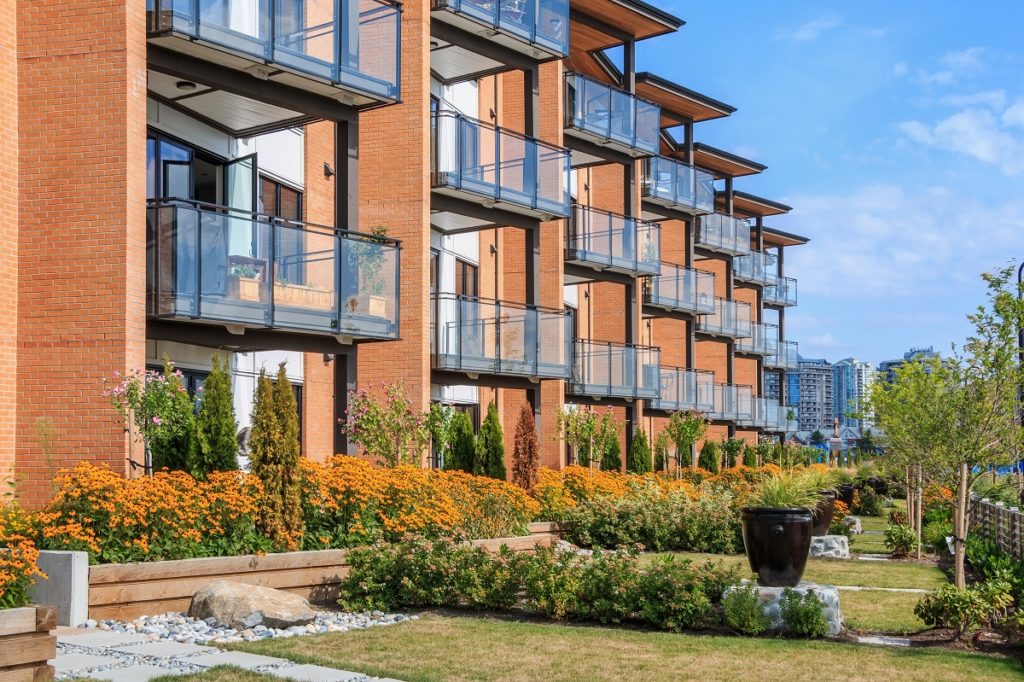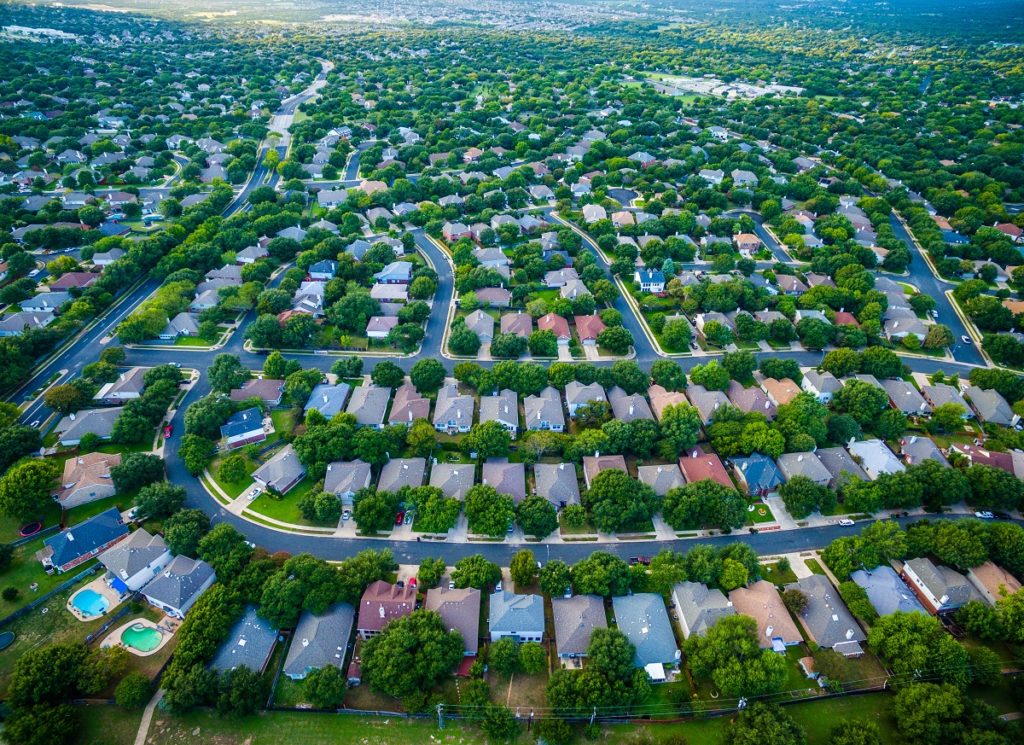Where are people choosing to live and what factors are they taking into consideration? This normally depends on the affordability of housing and the appeal that living in a particular area provides. For instance, families may consider building a home with land for sale in Tarneit, a growing suburb of Melbourne, if they are planning to raise children.
Children in the Suburbs
The Australian dream generally refers to living in a detached home somewhere in the suburbs. The peace and safety afforded by these places are attractive for starting a family and properly raising children. Suburbs are perceived as the most appropriate places for the safety they provide. Higher-density areas and apartments are seen to detract from achieving this dream.
Some planners believe this is because parents believe suburbs don’t pose the same safety issues that higher-density areas do. Crowded cities mean there are more people who may be dangerous.
Support for Wealthy Families
Wealthy and relatively small families are treated as targeted occupants of housing in high-density areas. Marketing these communities usually involves targeting families that put greater emphasis and value on their proximity to the city and to its amenities. They’re not presented as family styled homes, as they would be in the suburbs.
This trend manifests with the lack of three-bedroom apartments in the city of Brisbane. Apartments are perfect for singles and couples. They can be adapted for families with a baby or a toddler. But as they grow up, families put increasing importance on their own space, fostering personal relationships, and moving to the suburbs where they have more space to raise their children. However, older families of older populations may be wealthy enough to continue living in apartments because they can afford a place with enough space.
Apartment Demand

The development and emergence of apartment complexes has been driven more by investor demand than by actual owner-occupiers. Investors are attracted to one and two-bedroom units. Their demand increases the amount of construction for these types of units. The investor market is a lot bigger than that of actual owners, as investors are often planning to spend money in order to receive depreciation and tax benefits.
Feeding this demand represents a shift in the Australian housing market from housing as a home to housing as an investment. This holds lots of implications for the way new and old cities continue to be shaped.
The shortage and lack of affordable and large apartments in the city forces households with lower-incomes into suburbs and city peripheries. This has also become a way to manage overcrowding.
Impact on Attitudes
Inner-city and high-density housing is represented as dangerous and unsuitable for raising growing families. This, as well as the interest in appeasing investor demand, changes the way housing development decisions are reached. But design elements in apartment living areas can begin to reflect the appeal of higher-density living. Developers need to pay increasing attention to creating affordable space for families and not for investors. This way, parents are at least offered several choices in deciding where to raise growing families.

